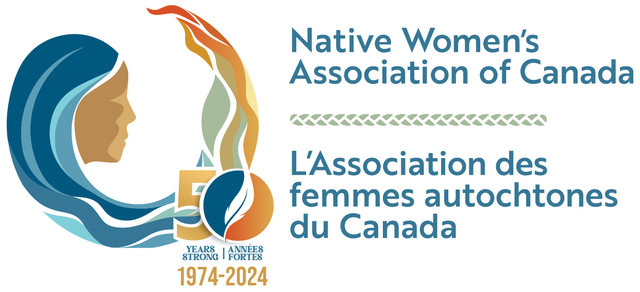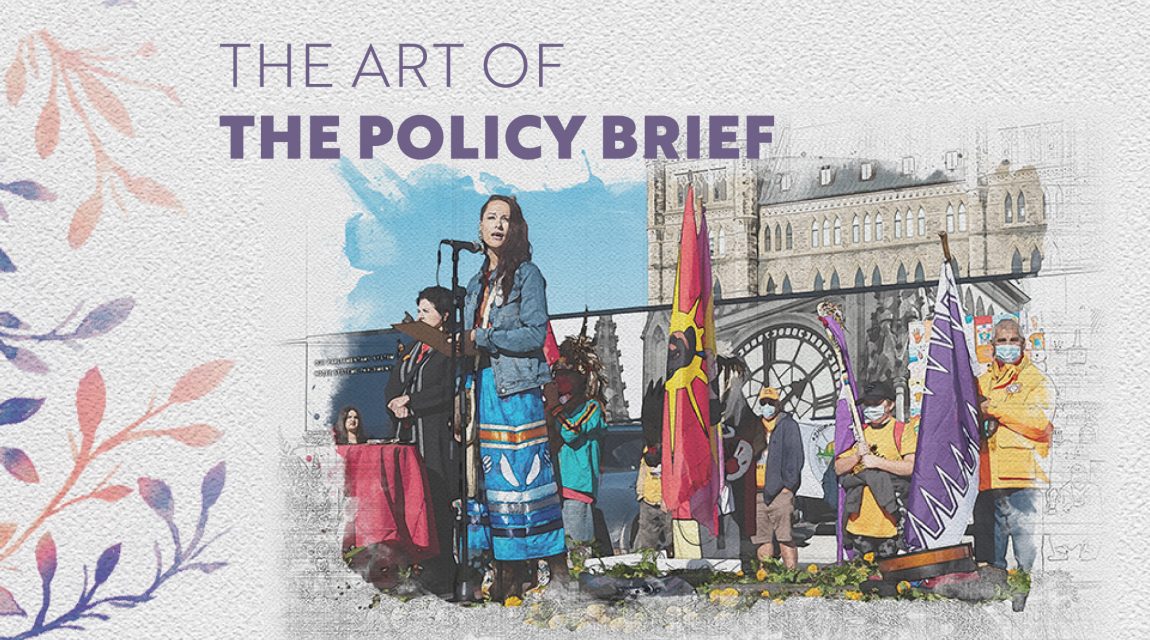One of the key roles of the Executive Policy team is to write policy briefs for senior management, media representatives, and other team members as needed. As a team, we have written over 70 policy briefs (and counting) on topics such as MMIWG2S, the Indian Act, housing, criminalization, residential schools, biodiversity, Traditional Knowledge, and much more.
So, what is a policy brief? A policy brief, or a briefing note, is usually a short document—no longer than three pages—that presents the findings or recommendations on a particular topic. Once a topic has been assigned, the first step to writing a policy brief is to define its purpose and its audience; in other words, for whom we are writing. The policy team will then begin preliminary research on the topic and begin writing some of the core components.
At NWAC, the policy brief consists of three key sections: the position, the executive summary, and NWAC’s role.

The Position is short—typically one or two sentences—and conveys NWAC’s core message on the topic. The Executive Summary follows. This one- to two-paragraph summary gives a more detailed background. NWAC’s Role covers all related work the association has done, or continues to do, on the topic or issue in question.
Additional categories are added depending on relevancy, including the federal government’s role, statistics, international policy, and connections to the MMIWG2S Calls for Justice and the Truth and Reconciliation Commission’s Calls to Action.
Overall, the main goal of a policy brief is to provide our audience with a condensed but fruitful amount of information on a topic. Thus, the content’s organization and the ability to convey information are critical.
Many of our policy briefs are for internal use. However, NWAC has also published policy briefs, which are available on our website, including one titled Impacts of COVID-19 on Indigenous Women and Gender-Diverse People.
The Executive Policy team will continue to develop these critical policy briefs—both for internal use and public consumption—to ensure accessibility to knowledge on key policy areas.

